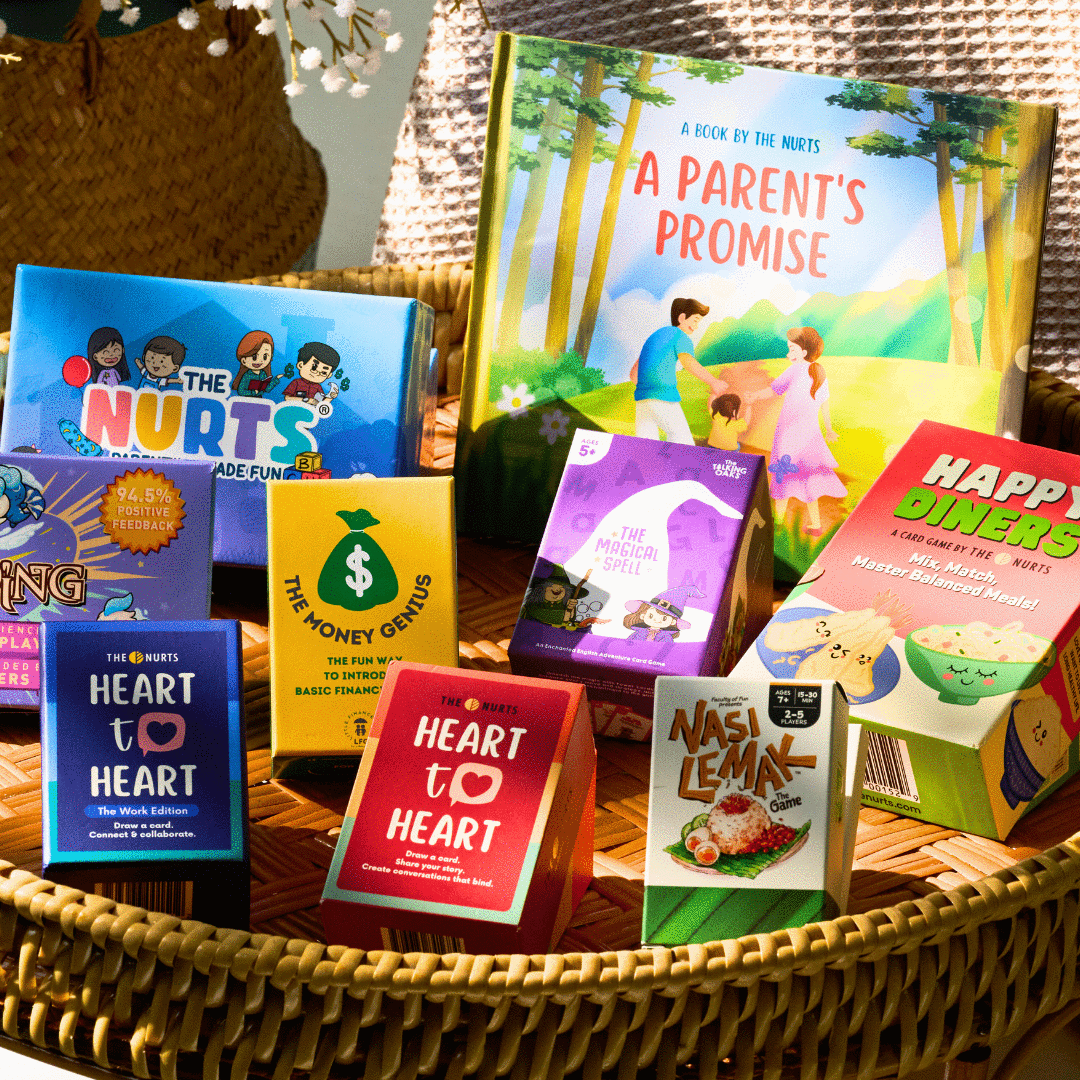When done right, ice breaker games work marvellously in building up rapport amongst people. In a team setting, such games help colleagues from all walks of life build bridges and come together to work in a collaborative manner.
A positive side-effect of ice breaker games is that they often lead to genuine conversations and closer relationships. (In fact, the very reason our bestselling Heart-To-Heart Cards were developed was to cut out the small talk!) Experience the magic of conversations that bind here.
For a professional setting, be sure to pick up the Heart-To-Heart: Work Edition Cards to connect, discover and spark synergy and build team bonds.
Here are 8 tips to incorporate into your ice-breaking sessions at work to get people to warm up and start connecting!
Tip #1: Keep it short and sweet
Keeping good time is important - when there’s a long agenda to get through in your session, ice breaker games should be short, sweet and fun.
Try to keep it 10 minutes and under, and include questions that are easy to answer without needing much thinking. Examples include:
- What was your dream job you had as a child?
- If you could work anywhere in the world for a day, where would you go?
- What’s one word to describe your work style?
When done well, it kicks off the session with a bang, creating a warm vibe because your team learned interesting new facts about each other that they might never have guessed!
Tip #2: Diversify the games
Ice breakers can come in many different forms depending on its objective - it may be to initiate innovation, or to spark synergy within the team or just to reconnect and rediscover your team’s dynamics.
It does not only have to be questions. You can definitely start there but it can evolve into other games as well including:
- Pictionary / Charades
- Fun Trivia about trending topics
- Showing or sharing your hidden talent / an open secret
- Or even a mini sports-related game to get them ready for the day!
Tip #3: Keep the Groups Small
Ice breaker games work best with small groups because it provides a higher chance for people to be more open and at ease. However, sometimes you are unable to control how many people actually show up for a training session - in which case, try to keep it to no more than 5 people per group.
Another idea is to rotate the group members in between breaks so that they can get to know everyone better before the day ends.
Tip #4: Encourage Participation
Most of the time, only the loudest or the most extroverted participants will be the life of the party. But we want to make sure we hear from everyone - especially the typically introverted or shy folk.
To achieve this, create a positive atmosphere where everyone feels encouraged to participate. Use inclusive language and gestures so that no one is left behind, and give enough time for everyone to have their turn.
Tip #5: Adaptability
Gauge the energy level of the group - sometimes, you might need to modify the rules or switch to a different game on the fly.
Try to be flexible and ready to adapt accordingly. For example, if it's early in the morning and people are still “waking up”, start with something light-hearted that will get them laughing and promote more mental alertness.
Tip #6: Set up background music!
One common thing among people is that they have a go-to music genre they listen to. Before a session, when you send an event reminder, slip in a quick survey to ask everyone what their favourite song is currently, so that you can curate a playlist of all the songs they have put in. A pre-ice breaker if you will.
So that even before the sessions start, you could say the ice has started melting slowly.
Tip #7: It’s okay to get silly with icebreakers
That is the whole point! Get as creative as you want. Laugh out loud during the sessions, be it discussing project updates or an event launch. Life does not have to be so serious. The funny thing is, usually these small moments are the ones that create the best memories for you and everyone around you.
Ice breakers are designed to shake things up. No matter the topic of your meeting, consider adding an element of creativity and fun. If you can get your team to laugh together, you’ve done something right.
References:







